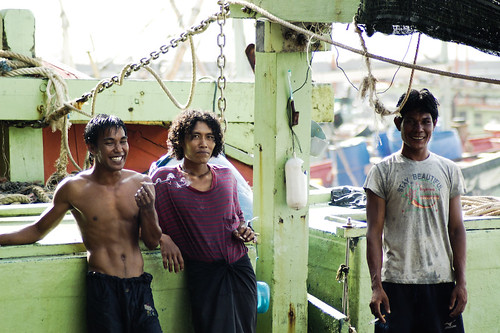_DSC1535
By 'exposure' we mean the amount of light that falls onto the film, or CCD if you are using a digital camera. In modern cameras the exposure is usually set to automatic by default and, most of the time, it can be left there and will produce beautiful pictures. There are times though, when the lighting conditions are difficult or we want to produce a particular effect and it would be nice to understand what is going on 'under the hood'.
The problem with all types of film and recording media is that they cannot record the entire range of contrast (black to white) that the eye can see. Especially when you take into account that the eye is constantly adjusting to cope with high contrast. On a sunny day if you look into the shadows of a scene then into the bright areas, the iris in your eye will quickly adjust so you can see detail in both.
Faced with the task of recording as much information as possible, the camera will try to average out all the light levels and expose the film accordingly. As burnt out highlights are normally considered uglier than black shadows, the camera, left to it's own devices will normally err on the dark side. Which is no good if you are shooting someone's face against a bright sky. It's the person's face you want to see, and you don't really care if the sky is white.
Location
Chendering Fisheries Garden,
Kuala Terengganu
21080 Kuala Terengganu
Terengganu, Malaysia
Taken with a Nikon D50 and AF Zoom-Nikkor 70-300mm f/4-5.6G lens
Please visit my other sites
hackspot@flickr
fadzlymubin@flickr
Hackspot on Wordpress
Picasa Photo Album
shutterhack@blogger
shutterhack@flickr
Labels: AF Zoom-Nikkor 70-300mm f/4-5.6G, Chendering Fisheries Complex, Nikon D50, People, Photography, Portrait
